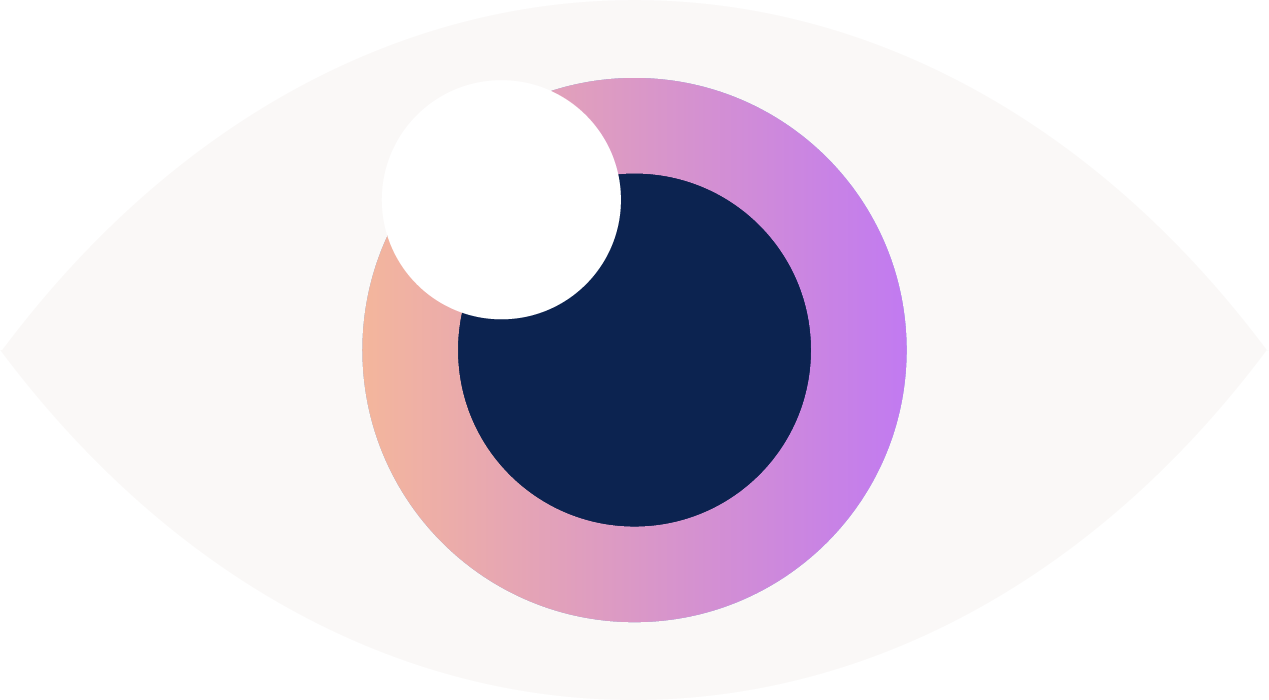How Much Screen Time Should Your Baby Have?
Listen On
As a pediatric ophthalmologist and a mom of three kids, I hear these questions all the time, and honestly, I get it, screens are everywhere, and it can feel almost impossible to avoid them. But when it comes to babies and toddlers, it's worth taking a closer look at the science to figure out how screens impact their rapidly developing brains and eyes.
Recommended Screen Time Guidelines
The American Academy of Pediatrics (AAP) and the American Association of Pediatric Ophthalmology and Strabismus (AAPOS) have recommendations and guidelines. The AAP says under 18 months, you want to avoid screen time entirely, except for video chatting. AAPOS says under the age of two, you want to avoid any screen time. For ages two to five, they both say to limit screen time exposure to one hour a day of high quality content, and the AAP recommends that this content should be co-viewed, meaning a parent, babysitter, or caregiver should be watching alongside the child.
The Science Behind the Guidelines
There was a study done in Singapore that enrolled 400 pregnant women and followed the babies for nine years. When the babies were 12 months old, the parents reported on their screen time, and then at 18 months, the babies had an EEG test. The study found a dose-dependent association - the more screen time the babies had at 12 months, the worse their neural connectivity looked on the EEG at 18 months. Specifically, they found more of the slower frequency theta waves compared to the higher frequency beta waves, which is similar to the brain activity seen in kids with ADHD. This suggests that excessive screen time in infancy can hinder the formation of robust connections in the parts of the brain responsible for language development, executive functioning, and emotional regulation.
The study also found that "secondhand" screen exposure, like having the TV on in the background, can negatively impact a child's development by disrupting parent-child interaction and a child's ability to focus and engage in meaningful play.
Practical Tips for Healthy Screen Habits
Encourage physical play activities like being outside, running, climbing, and playing with toys.
Prioritize your child's sleep hygiene and avoid screen use an hour before bedtime.
Model healthy screen habits - trade in your own devices for physical books and demonstrate balanced screen use.
Follow the "3 C's" framework: choose high-quality, age-appropriate content, ensure the context is appropriate (not using screens as a babysitter), and engage in caregiver interaction.
Create screen-free zones and times in your home, like bedrooms, dining areas, and certain periods of the day.
Use screens strategically, not as a way to soothe tantrums.
The goal isn't to get rid of screens altogether, but to use them intentionally and in moderation. By focusing on interactive, high-quality content and balancing it with hands-on, real-world activities, you can support your baby's cognitive, emotional, and physical development.
Connect with Me:
Follow me on Instagram
- Have a question about this episode or a future topic? Reach out to me at hello@drrupawong.com
Don’t forget to subscribe to It’s Good to See You wherever you listen, and if you found this episode helpful, please leave a review to help more parents discover this show!





